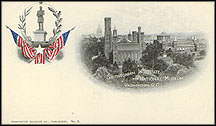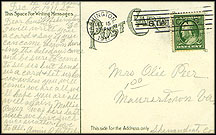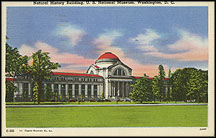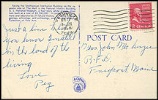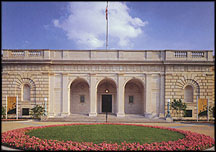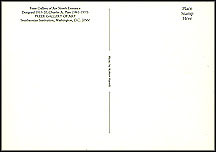You know, if you think about it, cell phones haven’t really been around that long. The first cell phone approved for commercial use was developed by Mr. Martin Cooper in 1983 – a mere 31 years ago.
The phone cost $9,000 in today’s dollars (Interestingly this is not even the most expensive cell phone ever – Vertu sells luxury phones today from ($6,000-$12,000). Even more interesting, the first call was made to the son of Alexander Graham Bell. I wish I could have been there for that!
The cell phone has completely changed the entire world. It’s changed how we talk, how we log and track our lives, and also how we do business. No longer are we tied to emailing each other (which was invented in 1971 by the way) or making calls from the office. Now we are accessible to anyone 24/7.
Our phones have evolved from the two pound Motorola DynaTAC down to the Samsung Galaxy S4 Mini which is a whopping 107g, or roughly the same weight as a fork or a teaspoon.
I would argue it’s one of the most diverse business tools available to us, with a plethora of apps and features to remind us we have a meeting, tell us how to get there, and then remind you to make that follow up call. If you have a need, there is an app for that.
For a list of the top ten business apps, go here: http://www.forbes.com/sites/amitchowdhry/2013/09/16/best-business-apps-to-download/
My personal favorite from this list include Square, where you can turn your cell phone into a credit card swiping machine, and Evernote, which is like a notebook for your cell phone. You can make multiple notebooks with various tabs to keep notes, clip sections from website, and much more.
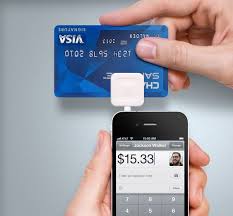
The Square and its app. Turns your cell phone into a credit card processor (for a small fee of course).
Your options are truly limitless with the technology that is rapidly developing. I am excited to see what the future holds for cell phones and other business technologies!
Contributed by Ashley Hudson.
Would like to thank these sources for the information found in this blog!
http://www.mobilephones.com/top-5-lightest-smartphones/
http://www.vertu.com/en/signature-touch/design
http://en.wikipedia.org/wiki/History_of_mobile_phones
http://content.time.com/time/photogallery/0,29307,1636836,00.html




